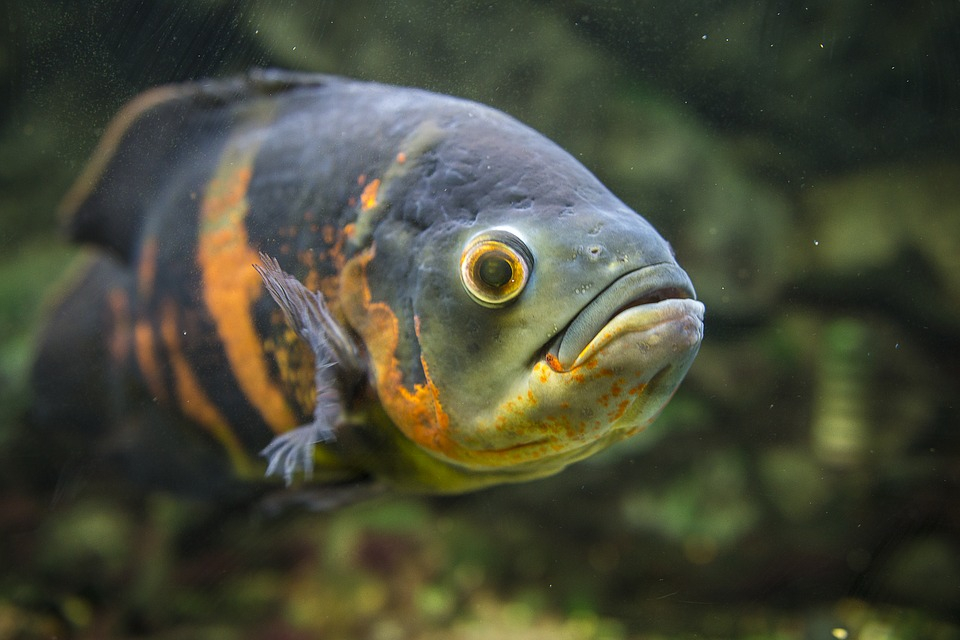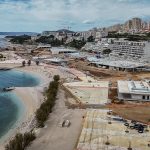As Morski writes, a round table which discussed the topic: “Monitoring the occurrence of marine organisms on the artificial reef within the project Adri.SmArtFish” was held at the Zadar County Chamber recently.
The Administrative Department for Agriculture, Fisheries and EU Funds of Zadar County is implementing the project “Adri.SmArtFish” funded by the Interreg V-A Italy – Croatia, its implementation began on January the 1st, 2019 and will last until December the 31st, 2021.
The overall objective of the project is to strengthen the role of coastal fishing in GSA 17 (northern and central Adriatic) in the near future by encouraging innovation within the context of “blue growth” through the adoption of an ecosystem-based management approach.
One of the activities of Zadar County in the project was the installation of the aforementioned artificial Zadar reef. Back in February this year, this artificial Zadar reef was set up near the island of Osljak. It was formed in the shape of a three-sided pyramid with sides spanning 7.30 metres, a height reaching 3.10 metres and a total volume of approximately 24 cubic metres. It is a prefabricated type of structure, consisting of 60 concrete slabs and made of environmentally friendly materials, whose shape and chemical composition allow for the safe settlement of organisms and the formation of a complete biocenosis as similar as possible to those found on natural reefs which occur across our oceans and seas.
The University of Zadar and the Institute of Oceanography and Fisheries conducted the monitoring procedure after the artificial Zadar reef was initially set up, and presented their observations at a round table with nineteen participants from Zadar County, the Croatian Chamber of Commerce, IZOR, and from various fishing trades and local action group in the field of fisheries (LAGUR).
Although they used different methods in the monitoring of the artificial Zadar reef, they came to the same conclusions: they noticed the same species of fish arriving on the reef, they noticed that over time more and more fish and other organisms gathered around the reef, and it would be easier to monitor the depth the set ridge was smaller.
It was concluded that the reef has definitely fulfilled its purpose as a pilot project, ie it has been proven that fish do successfully gather in such areas. In the future, after the completion of the project, monitoring should continue, and the installation of more artificial fish reefs in the Zadar Channel should be considered.
For more, check out our lifestyle section.









